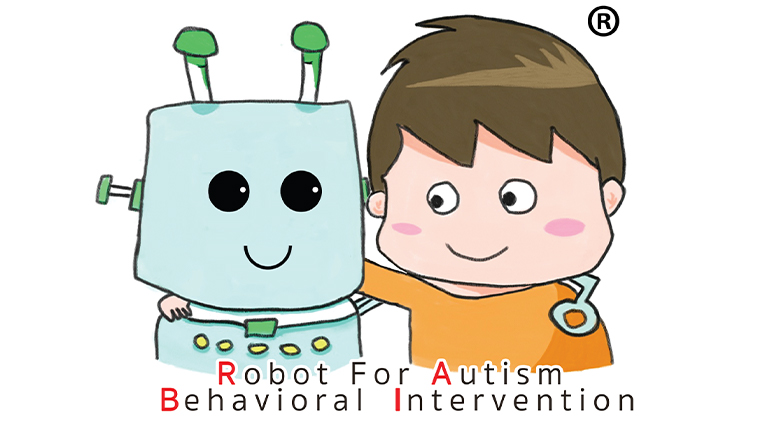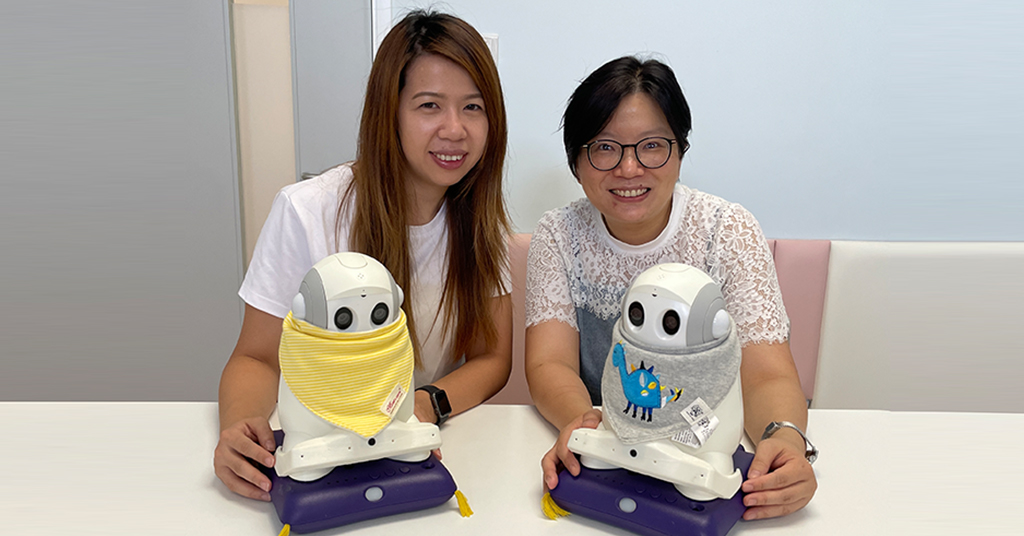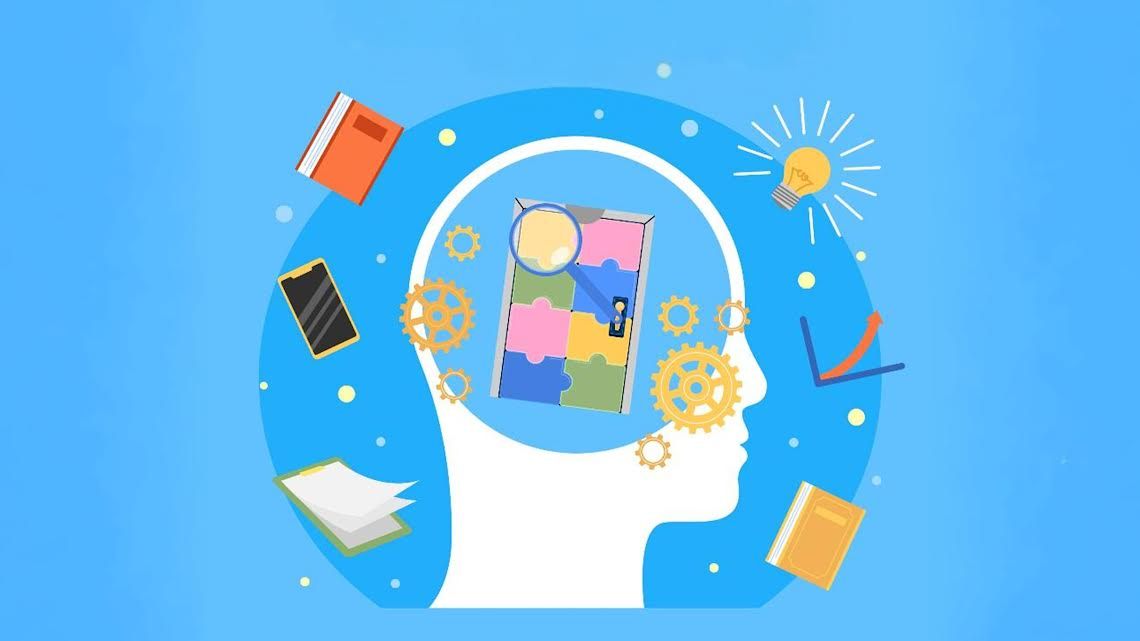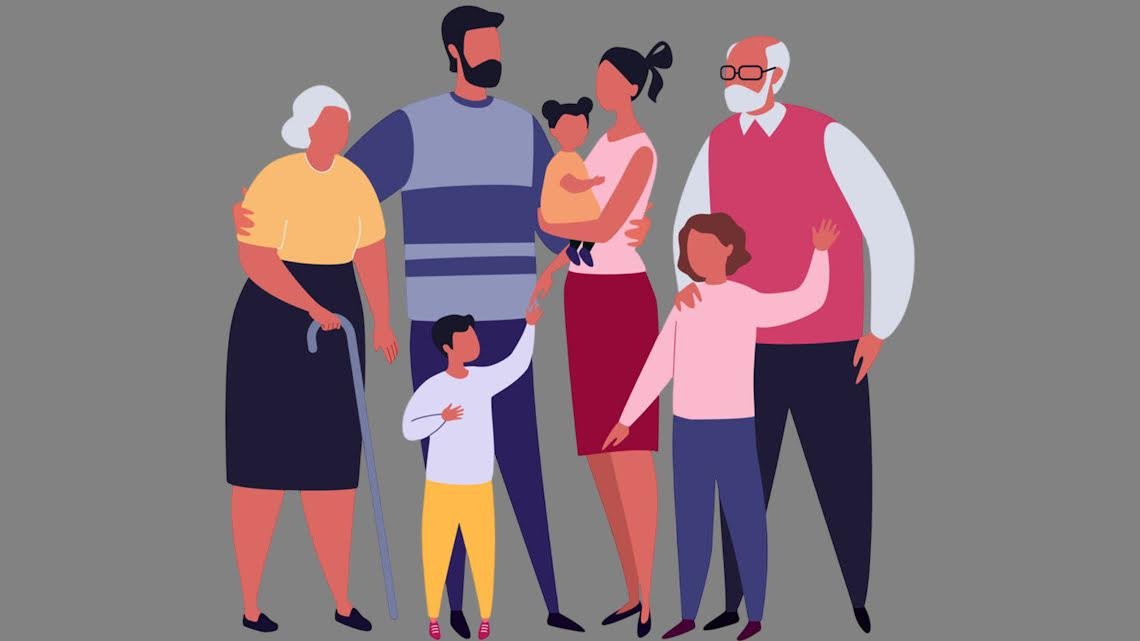
In the evolving landscape of autism support, Star Limited is making significant strides through innovative robotic interventions. By focusing on both education and assessment, they aim to empower autistic children to develop essential communication skills and navigate social interactions more effectively.
Understanding Autism
Autism Spectrum Disorder (ASD) is a heterogeneous developmental disorder characterized by two primary impairments: challenges in social communication and repetitive motor movements. According to the American
Psychiatric Association, many autistic children struggle with initiating conversations, maintaining eye contact, and interpreting emotions—skills that are vital for meaningful social interactions.
For instance, while most people naturally greet each other with a simple “good morning,” many autistic children find this interaction daunting. They may say “good morning,” but struggle to know how to continue the conversation. This difficulty highlights the need for tailored interventions that can help bridge these gaps.
Tina, the Project Manager at Star Limited, leads the charge on the RABI program—Robot Interventions for Autistic Kids. Under her guidance, the project utilizes social robots to teach vital communication skills and emotional expression. Tina’s extensive research in robotic applications for autistic children has paved the way for the program’s success.
Catherine, another key player in the initiative, highlights the impact of their work: “We have served over 2,000 children with autism aged three to 18. Our goal is to help them live independently and engage meaningfully with their communities.”
The Role of Social Robots
At the heart of Star Limited’s program are two social robots designed to create a supportive learning environment. These robots serve as a bridge for children who may find human interactions overwhelming due to the unpredictability of facial expressions and tone of voice. By providing a non-threatening alternative, the robots encourage autistic children to practice communication in a safe space.
Their approach not only focuses on teaching communication skills but also on assessing developmental features. The integration of these two elements is set for future advancements, where educational programming will be directly linked to ongoing assessments.
The robots utilize advanced technology to monitor the child’s engagement, such as tracking eye gaze and posture. This data is crucial, as it informs the robots about the child’s interaction patterns. If a child hesitates to make eye contact or fails to sit properly, the robot offers gentle prompts to encourage better engagement. This feedback loop not only assists in learning but also helps the child develop self-awareness and social skills.
Tina explains, “The robots help enrich social communication skills, making learning engaging and effective for these children.”
One of the standout features of robotic interventions is their ability to provide a consistent and predictable environment. Unlike human interactions, which can be unpredictable and laden with emotional nuances, robots maintain a steady tone and demeanor. This predictability is crucial for autistic children, who thrive in structured settings.
When a child enters the treatment room, they engage with a robot that reads them a story for about 10 minutes. During this time, the robot assesses the child’s responses and determines the severity of their autism. Based on this assessment, the robot automatically loads a customized program tailored to the child’s specific needs.

Innovative Teaching Strategies
The RABI program employs a dual approach: a preset curriculum and real-time assessment. The curriculum spans various topics, from self-care and vocabulary to emotional recognition, designed by a dedicated team of special education professionals.
In addition, the robots are equipped with advanced cameras that capture eye gaze and posture. This data is analyzed through artificial intelligence algorithms developed in collaboration with NEC, allowing the robots to provide immediate feedback. For instance, if a child is not sitting properly or maintaining eye contact, the robot gently prompts them to correct their posture or focus.
“Positive reinforcement is key,” Catherine adds. “When children follow instructions, the robots celebrate their success, boosting their confidence and motivation.”
Looking Ahead
The future holds even more promise for this innovative program. Star Limited aims to integrate intervention and assessment functionalities, creating a seamless experience for both children and educators. By linking these two aspects, they hope to enhance the effectiveness of their robotic interventions further.
Star Limited’s pioneering work in robotic interventions is a testament to the potential of technology in transforming lives. By focusing on both educational and assessment components, they are setting a new standard in autism support. As they continue to refine their programs, the future looks promising for autistic children, offering them the skills and confidence needed to thrive in their communities.
Through innovative solutions and a commitment to understanding the unique needs of each child, Star Limited is not just changing how autistic children learn; they are empowering them to engage with the world around them, one interaction at a time.
Photo Credits:
First image: RABI Eng Logo
Second image: Star Photo
Recently Added
Boundary setting has become somewhat of a catch phrase these days. Movements like ‘MeToo’ and ‘LGBTQ’ have given voice to those who …
From the 17th – 23rd march Hong Kong along with the world celebrated the neurodiversity celebration week. This week saw several organisations …
Parenting is a universal experience, yet the approaches to raising children vary widely across cultures. In some contexts, independence and individuality are …




